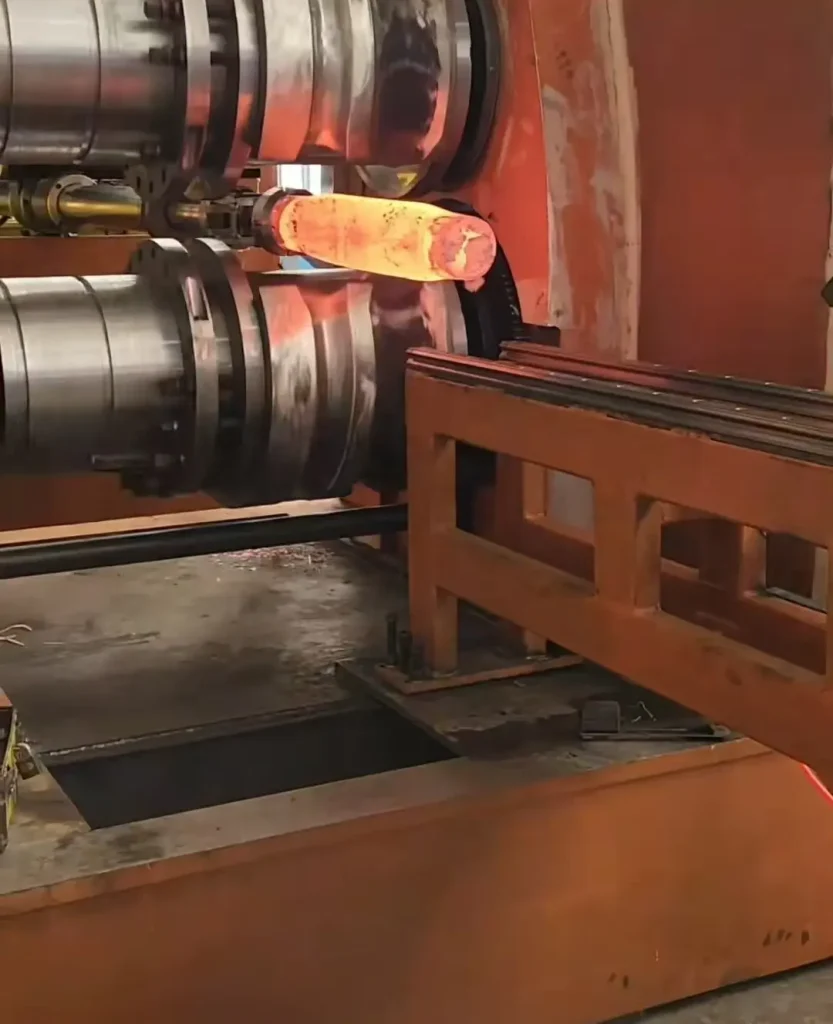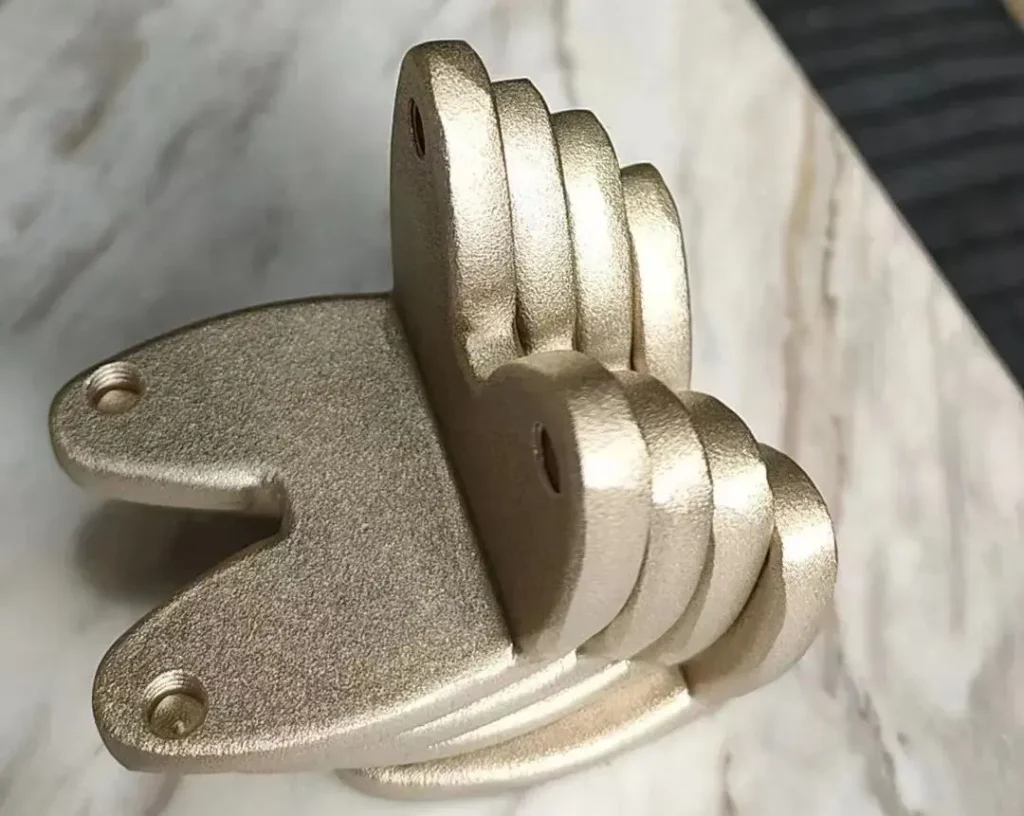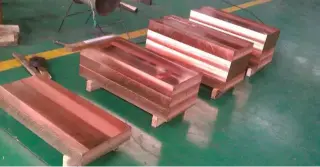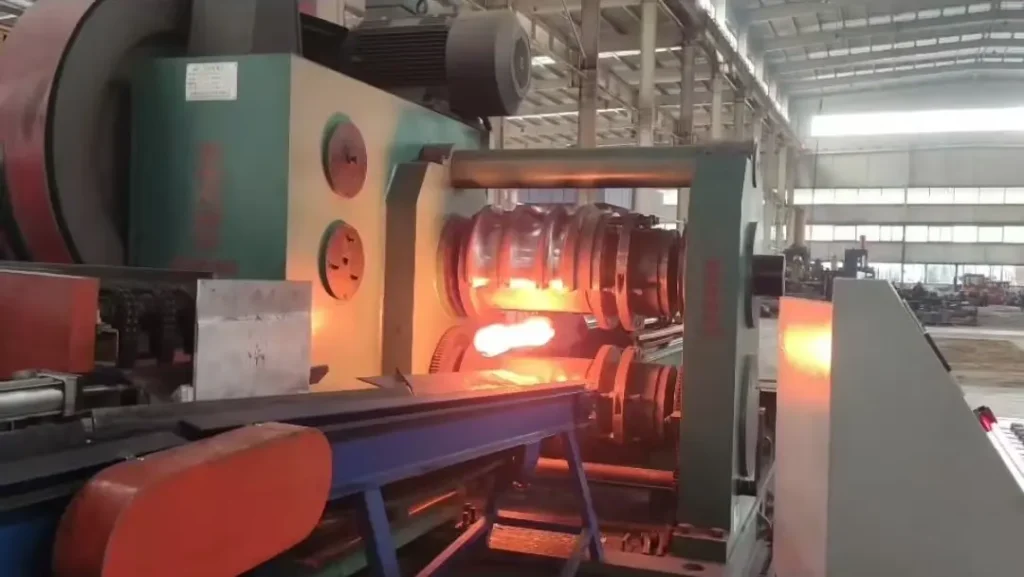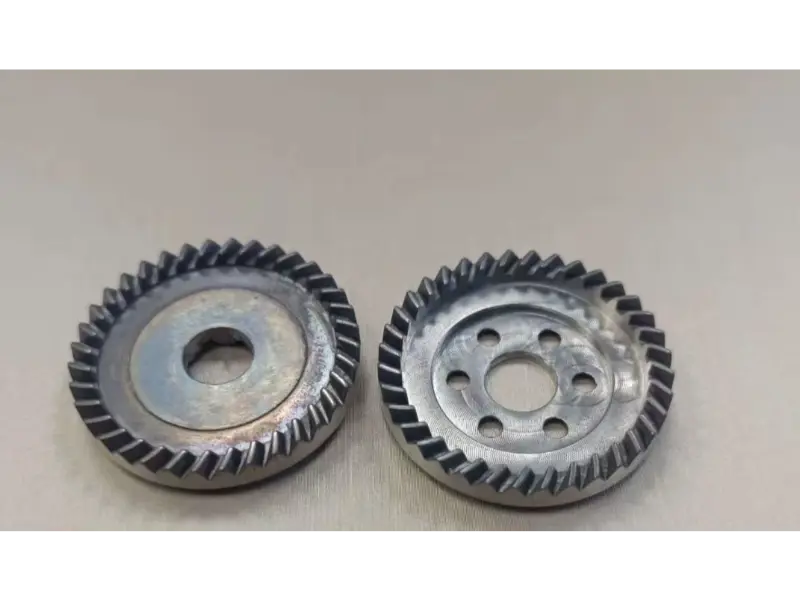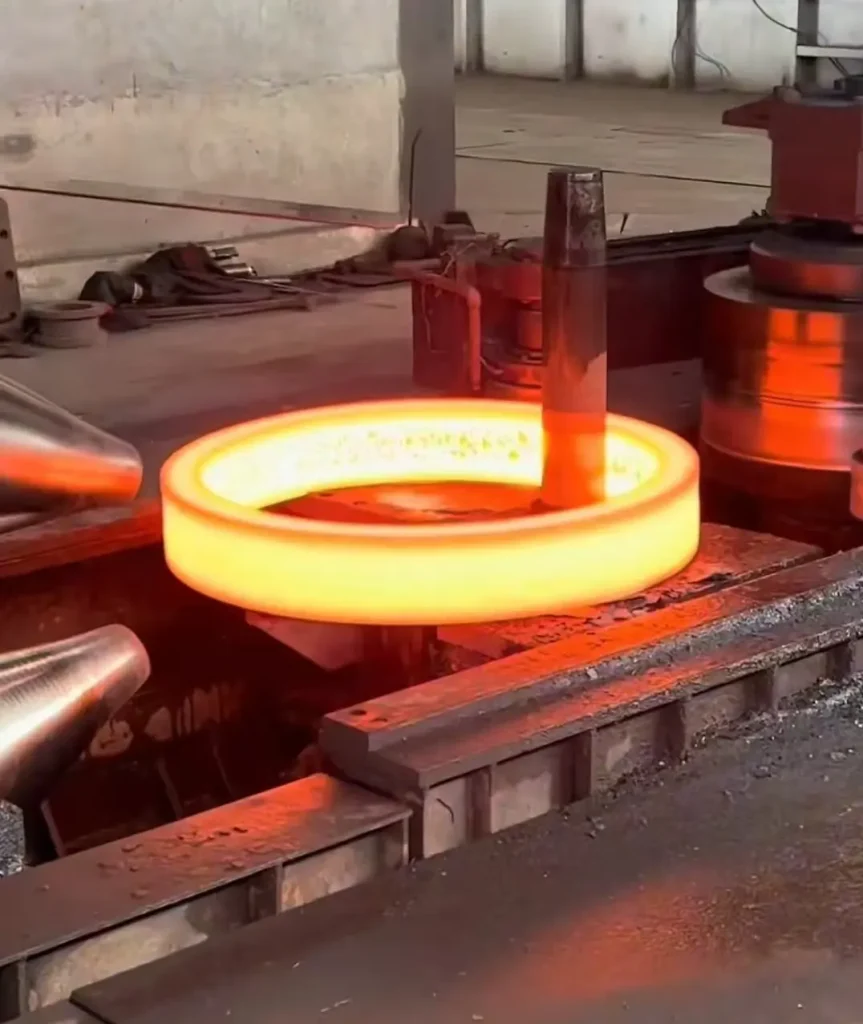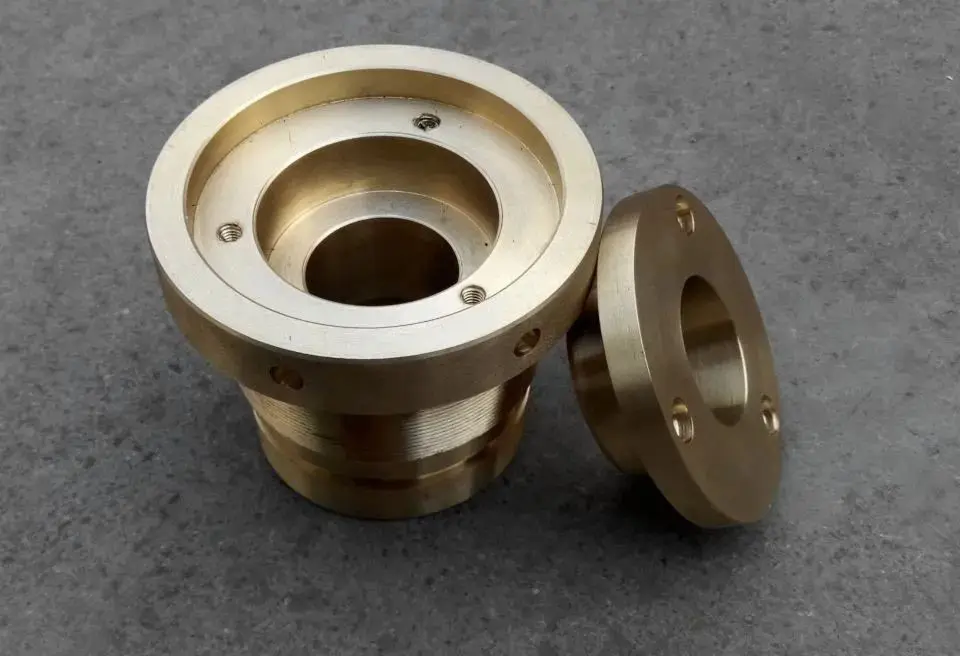Precision Swaging Services | High-Quality Swaging Solutions for Custom Components Swaging is a vital metal-forming process widely used in industries where precision, durability, and cost-effectiveness are essential. Whether in aerospace, automotive, or medical applications, swaging delivers components that meet the highest standards of accuracy and strength. This article explores the swaging process, tools, and applications in depth. For reliable Precision Swaging Services, we recommend Welleshaft—a trusted global supplier and contract manufacturer for high-performance components. What Do You Mean by Swaging? Swaging is a metal forming process where a workpiece—typically a rod, tube, or wire—is reshaped using compressive forces applied by a series of dies or hammers. Unlike traditional machining methods […]
カテゴリーアーカイブ: Study cases and knowledge
業界のトレンド、ケーススタディ、ハウツーガイドをご覧ください、 製造工程 ウェルシャフトのナレッジハブでは、エンジニアやソーシングプロフェッショナルのための専門的な見識やFAQを提供しています。
Welleshaftの研究事例とナレッジのページでは、主要な調達課題、品質管理のハードル、実際の製造上の問題点を取り上げています。
Forging Stainless Steel Components | Precision & Custom Solutions Forging stainless steel components demands a deep understanding of the material’s properties, specialized techniques, and precision to create products that meet diverse industry standards. Industries highly value stainless steel for its strength, corrosion resistance, and aesthetic appeal. In this article, we explore the forging process, highlight its benefits, and show how expert craftsmanship delivers custom solutions. We also introduce Welleshaft, a global supplier renowned for providing top-quality stainless steel forging services. Section 1: The Basics of Forging Stainless Steel Stainless steel forging refers to the process of shaping stainless steel by applying compressive forces. This process significantly enhances the strength, toughness, […]
High-Quality Bronze Forging Services | Expert Bronze Forged Components Bronze forging is a sophisticated process that transforms raw bronze into high-quality, precision-engineered components. This technique is essential for producing durable and reliable parts used across various industries. In this article, we explore the intricacies of bronze forging, including the types of bronze used, the forging process, and why Welleshaft stands out as a trusted global supplier and contract manufacturer offering expert Bronze Forging Services for your component needs. Section 1:Understanding Bronze Forging What is Bronze Forging? Bronze forging is the process of shaping bronze metal through controlled pressure and heat. This method enhances the metal’s strength, toughness, and durability, making […]
Expert Copper Forging Services | High-Quality Copper Forged Components Copper forging plays a vital role in metalworking, providing strong and durable components for industrial, artistic, and specialized uses. To choose the right supplier, understand the process, benefits, and key players. We recommend Welleshaft as your trusted global partner for expert Copper Forging Services. Understanding Copper Forging What is Copper Forging? Copper forging is a manufacturing process that involves shaping copper metal through controlled pressure and heat. This process enhances the metal’s strength, structural integrity, and durability, making it ideal for various applications, from industrial machinery to decorative elements. Copper forgings are known for their excellent thermal and electrical conductivity, making […]
High-Quality Precision Forging Services | Expert Metal Forging Solutions In the realm of metal manufacturing, precision forging stands out as a pivotal process, delivering high-quality, durable components that meet stringent specifications. This article explores the intricacies of precision forging, including its definition, processes, and benefits, while highlighting Welleshaft as a leading global supplier and contract manufacturer of precision forgings. Understanding Precision Forging What is the Meaning of Precision Forging? Precision forging refers to a specialized forging process designed to produce high-accuracy metal components. Unlike conventional forging, which may involve broader tolerances, precision forging focuses on achieving exact dimensional specifications and superior surface finishes. This process is crucial for applications requiring […]
Medical Grade & Surgical Stainless Steel | Custom SS455 PER ASTM F899 Solutions Precision, durability, and reliability drive success in the medical and surgical fields. Manufacturers rely on medical-grade stainless steels—especially SS455—to meet the strict standards of surgical instruments and implants. By adhering to ASTM F899 standards, engineers design custom stainless steel solutions like SS455 to endure the demanding medical environment, delivering corrosion resistance, biocompatibility, and exceptional strength. This article highlights the unique properties of SS455 and introduces Welleshaft as a trusted global supplier and contract manufacturer for custom stainless steel solutions. Section 1: Understanding Medical Grade Stainless Steel: Custom SS455 per ASTM F899 Stainless steel plays a key role […]
Expert Titanium Forging Services | Precision & Quality in Metal Forging Titanium forging is a specialized process that transforms raw titanium into high-performance components used across various industries. Renowned for its strength, light weight, and resistance to corrosion, titanium is an ideal material for aerospace, medical, and industrial applications. In this article, we’ll explore the intricacies of titanium forging, focusing on the expertise required to deliver precision and quality. We’ll also highlight Welleshaft as a trusted global supplier and contract manufacturer offering expert Titanium Forging Services. Section 1: Understanding Titanium Forging: The Basics Titanium forging involves shaping titanium alloys into components using compressive forces. The process enhances the material’s mechanical […]
Rill Rolling for Sale: A Comprehensive Guide to Ring Rolling and Rolled Ring Forging Rill rolling might not be a widely recognized term, but it often refers to the detailed and technical aspects of ring rolling and rolled ring forging. These processes are pivotal in creating high-quality metal rings used across various industries. This article provides an in-depth look into these manufacturing techniques, their processes, and considerations for purchasing rolled rings. Section 1: Introduction 1.1. What is Rolled Ring Forging? Rolled ring forging is a manufacturing process used to create high-strength, precision-engineered rings. It involves heating a metal billet to a malleable state and then shaping it into a ring using […]
Brass Forging: A Comprehensive Guide Brass forging is a crucial process in manufacturing high-quality brass components used across various industries. Whether you’re a manufacturer, engineer, or hobbyist, Brass Forging: A Comprehensive Guide will help you understand the benefits of forged brass parts. In this article, we explore everything you need to know about brass forging, including the differences between hot and cold forging, and key considerations when purchasing forged brass products. Frequently Asked Questions (FAQs) about Brass Forging 1. What is brass forging? Brass forging is a metalworking process where brass is shaped using compressive forces. This Brass Forging: A Comprehensive Guide explains how heating the brass makes it more […]
Dear Valued Customers, As the Mid-Autumn Festival approaches, we want to extend our heartfelt wishes for peace, prosperity, and happiness to you and your family during this festive season. May the full moon bring harmony and joy to your home. At Welleshaft, we deeply appreciate your continued trust and support. We remain committed to providing innovative solutions for your business with our broad range of high-quality products. Our expertise covers: Wear-resistant and corrosion-resistant materials for demanding environments. Special alloys components tailored for durability and performance. Rubber and plastic components designed for various industrial applications. Non-ferrous metals components crafted for precision and reliability. Standard mechanical components, fasteners, and core transmission parts […]

